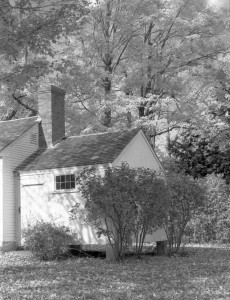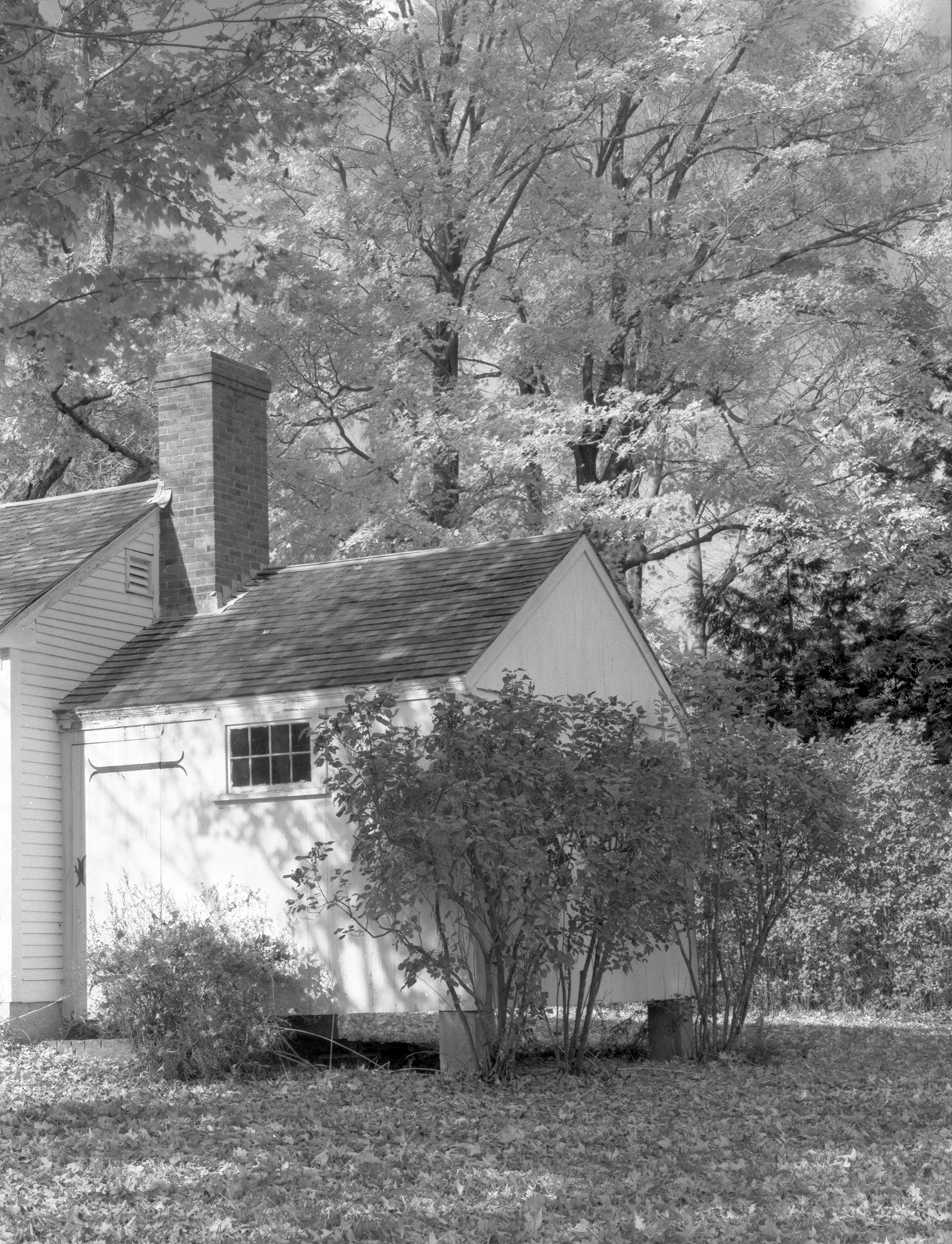When I was a kid, somewhere in high school, I probably thought sixty-somethings were from prehistoric times; I also bought my first serious camera, a Mamiya-Sekor DTL 2000(?) 35mm SLR (Mamiya only makes medium format nowadays)–on lay-away from Denholm & McKay. Before recorded history cities mostly had local department stores; and Macy’s was in New York–you had to go there to go to Macy’s. My best friend got a Nikkormat. That was Nikon’s economy brand–a solid, quality SLR none the less. I usually tell people I have been a photographer since about 1973, the year I began learning to work in the darkroom, but that’s just a convenient time to label as my beginning.
It was a step up from a long growing interest. I enrolled in a continuing ed course in black & white photography at the Worcester Art Museum (worcesterart.org) for two semesters. Dennis Wixted was a patient, encouraging, and thorough teacher who, in addition to technique, taught photography’s history and the contempory scene. At his wake I was just one of many who shared their appreciation of his teaching and friendship with members of his family. I labored with the camera to do assignments and take personal shots, thinking about the camera settings, the light, the film… I think I thought more than I shot. It was a job for me to expose all the frames on a roll of film. Eventually, I started buying 24 exposure rolls of 35mm film, 36 exposures being the other common packaging, a little less challenging to finish.
 For most of my later film photography before I changed to primarily digital cameras I used a Bronica ETRS. Here’s one of my images from that camera. The maple trees in the background were at the height of their blazing orange autumn foliage. I used an orange filter on the front of my lens to brighten the leaves that were in full sun to nearly white in my print.
For most of my later film photography before I changed to primarily digital cameras I used a Bronica ETRS. Here’s one of my images from that camera. The maple trees in the background were at the height of their blazing orange autumn foliage. I used an orange filter on the front of my lens to brighten the leaves that were in full sun to nearly white in my print.
Next time I go over to the dark side and start using digital cameras. Eveything is the same if you think about it.
